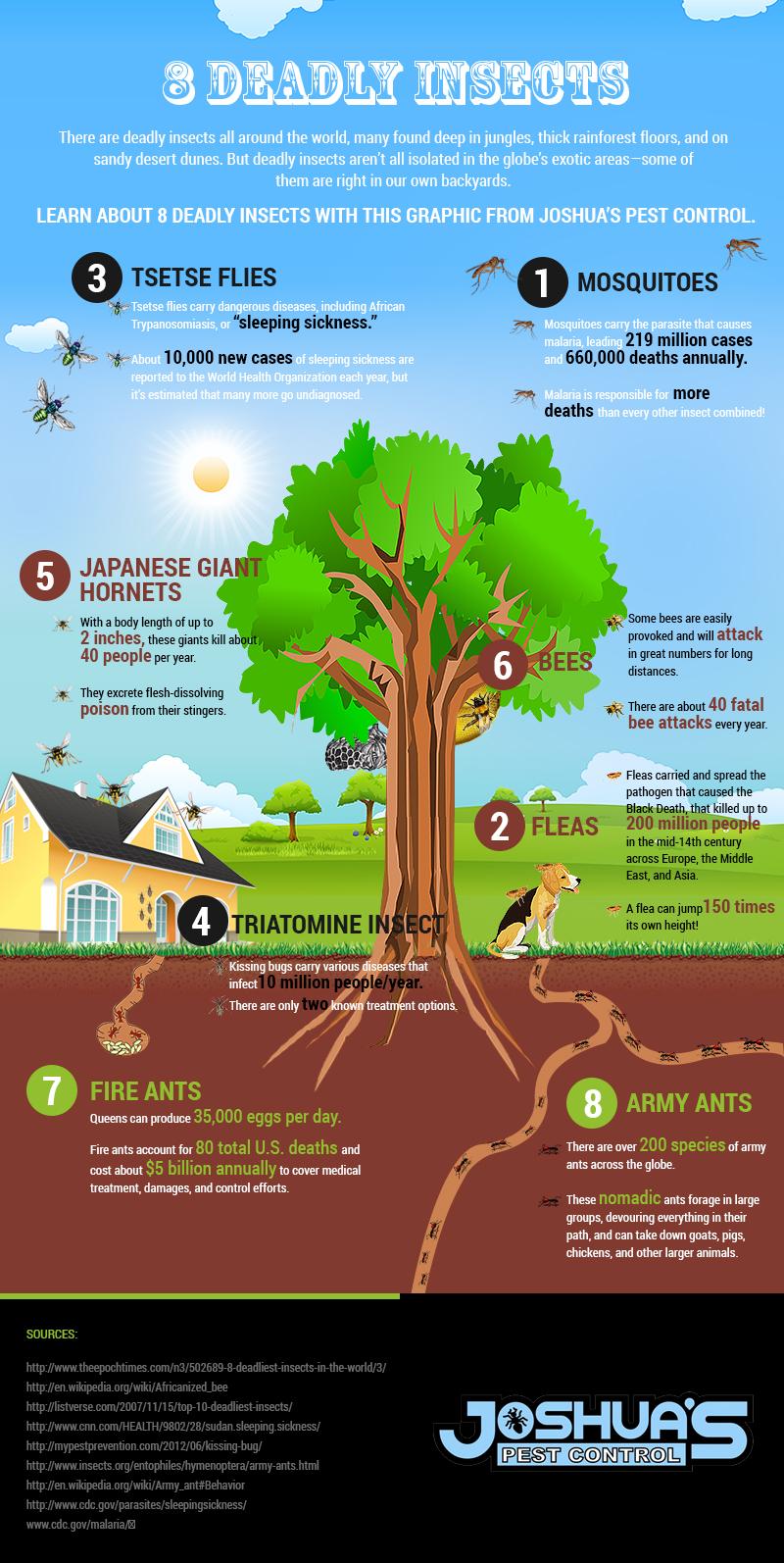By Acquiring Insight Into The Intricacies Of Rodent Nesting Actions, You Can Establish A Comprehensive Approach To Rodent Control That Outwits These Pests
By Acquiring Insight Into The Intricacies Of Rodent Nesting Actions, You Can Establish A Comprehensive Approach To Rodent Control That Outwits These Pests
Blog Article
Web Content By-Payne Lehman
When it pertains to rodent control, comprehending common rodent actions is key to properly taking care of invasions. Did you recognize that rats have some fascinating nesting behaviors that might stun you? By exploring their intricate behaviors, you can get valuable understandings into how to take on rodent concerns in a more strategic and reliable way. So, let's unravel the enigmas behind these animals' activities and find out how to outmaneuver them in your rodent control efforts.
Rodent Nesting Habits
When observing rodents in their natural environment, you'll observe that they proactively seek out materials to create their nests. Rodents, such as computer mice and rats, are resourceful creatures that use a selection of things like branches, leaves, paper, and material to build their homes. They're meticulous in their nest-building process, commonly lining their nests with softer products like hair or plumes to develop a cozy atmosphere.
Rats choose to develop their nests in concealed and protected locations to shield themselves and their young from predators. Common nesting places include wall cavities, attic rooms, basements, and also within insulation materials. By building their nests in these private locations, rodents can safely raise their offspring away from possible threats.
It is vital to comprehend the nesting practices of rodents when applying control measures. By interrupting their nests or removing materials, you can dissuade rodents from establishing a visibility in your house or home. Proper hygiene and sealing entrance points are likewise vital steps in preventing rodent problems.
Rodent Feeding Patterns
After observing rodents' nesting behaviors, it becomes evident that their feeding patterns play a critical duty in their daily lives and actions. Rodents, consisting of computer mice and rats, are opportunistic feeders, implying they'll take in whatever food resource is conveniently available. They're largely nighttime creatures, preferring to forage for food throughout the cover of night to stay clear of killers.
Rats have a varied diet plan, varying from grains, seeds, fruits, and veggies to insects, nuts, and also tiny animals. This adaptability in their food options permits them to flourish in different atmospheres, including city areas where human food resources are plentiful.
Their feeding patterns aren't only driven by cravings however additionally by the need to stockpile food for times of shortage. click the up coming post is especially visible in preparation for cold weather or when nesting. Rats are known to hoard food in their nests or burrows, making sure a constant food supply. Recognizing their feeding patterns is crucial in applying efficient rodent control measures to disrupt their food resources and avoid invasions.
Rodent Movement and Traveling
Rodents navigate their environments with dexterity and stealth, utilizing their keen senses to move swiftly with their atmospheres. These animals are proficient mountain climbers, able to scale walls and upright surface areas easily. They can also press with surprisingly small openings, making it essential to seal any potential entry points in your house.
When it pertains to taking a trip, rats have a tendency to follow acquainted paths, developing tracks along walls or skirting the sides of spaces. They're creatures of habit, frequently staying with these established paths as they forage for food or explore their surroundings.
Rodents are recognized for their nocturnal behaviors, so you may hear them scurrying around at night as they look for food and water. Their activities fast and unpredictable, allowing them to dart in and out of sight in the blink of an eye.
Comprehending how rodents relocate and take a trip can aid you recognize prospective infestation areas in your house and take aggressive steps to stop these parasites from acquiring a grip.
Conclusion
As you work to manage rodents in your house, bear in mind that understanding their habits is vital. By identifying their nesting routines, feeding patterns, and motion, you can effectively stop infestations.
Coincidentally, by taking pest control to eliminate food sources and seal access points, you can interrupt their familiar paths and force them to choose brand-new places, inevitably minimizing the chance of rodent existence in your living spaces.
